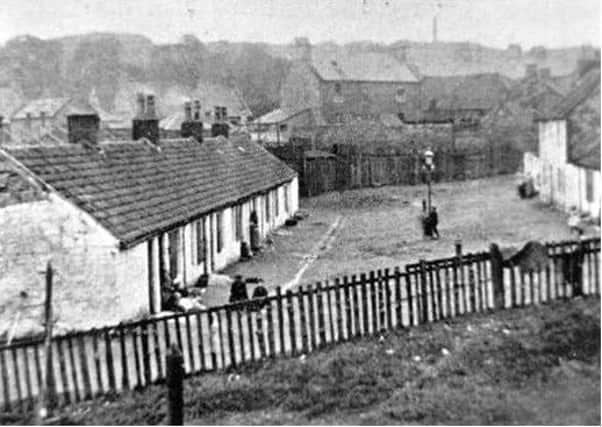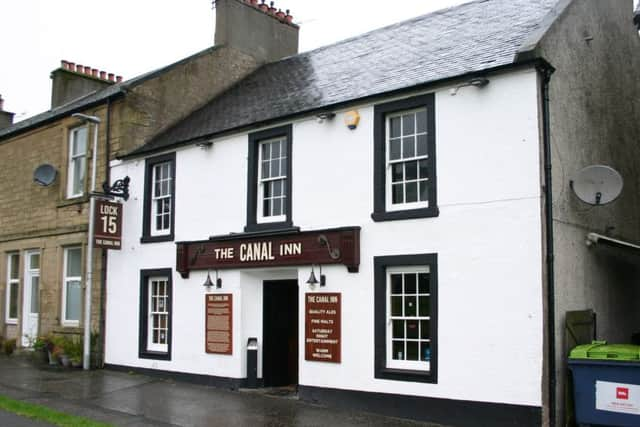The Camelon nailers '“ fighting for reform


Margaret was a proud descendant of one of the hard working families whose graft helped to build several small communities while risking all they had by fighting for the rights of sore pressed working people in an age of oppression.
As with much else in Falkirk’s story the nail trade began with Carron Ironworks in 1759. Among the earliest products were thin iron bars called ‘nail rods’ which required to be converted by hand into tens of thousands of nails in several small workshops in nearby villages. Stenhousemuir, Laurieston, St Ninian’s and Camelon were chosen and skilled workers were brought up from England to teach the locals the skills required. Rows of houses with forges attached to the gable ends were built to accommodate the new recruits to the trade, who were mostly former agricultural workers, and their families.
Advertisement
Hide AdAdvertisement
Hide AdThe first local nailery was established in Laurieston known at the time as New Merchiston. The village was chosen according to Brian Watters so that the new workers would be some distance from the wicked influence of folk from Falkirk! Camelon followed with the rows of houses formed into squares; the first one we know about was George Square near the Canal Inn not far from Lock 16.


Nails in those early days were not the shiny, oval things we buy from DIY stores but hand-made pieces made by drawing the red-hot rods to a taper, cutting each nail off and turning the end to create the head. It was very hard and dangerous work and often young boys worked for long hours at the forge turning out thousands of nails. For example, one nailer John Jape, made 340 pounds of nails each week with the help of five boys working two hearths. That equates to between 20 and 100 thousand nails depending on the size.
Carron supplied the iron rods and the nailers were paid by results. The apprentices could be as young as seven and many were brought from orphanages or charity schools in Edinburgh. In 1767 there were seven nailers at work in Camelon including William Burt who was, I think, Margaret Lyon’s ancestor.
As demand increased new squares were built in Camelon like Gunn’s Square, the Wee Square, Fairbairn’s Square and the Old Square and, though these brought steady work, the harsh conditions caused more than a few problems. The workers gained a reputation as an unruly crowd and many found themselves in trouble for behaviour which often involved drinking, fisticuffs and worse.
Advertisement
Hide AdAdvertisement
Hide AdBut the Camelon nailers were also fighters against the oppression of working people and for the reform of the political and economic system in the country. They were active in the agitation that led to the radical rising of 1820 and many of the iron pike heads used by the radicals in the famous Battle of Bonnymuir were made in Camelon by the nailers. Following the failed rising the village was raided with a number of men arrested and later transported to Australia.


Their determination helped pave the way for the great Parliamentary Reform Act of 1832.
The nail trade, however, did not survive the invention of mechanical nail making and gradually the forges were abandoned and by the 1870s the trade died with them.
Fortunately, thanks to Margaret Lyon, their story has survived and can be found in her book ‘Camelon and the Nailers’ which is available in our local libraries.